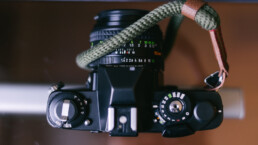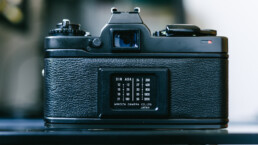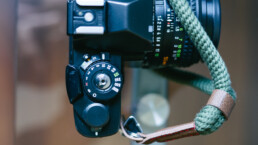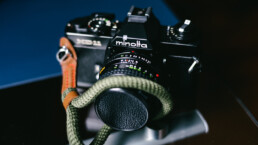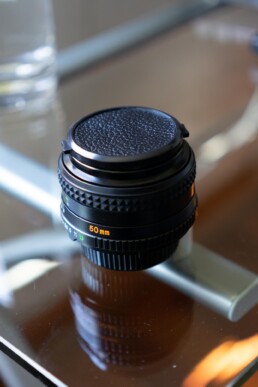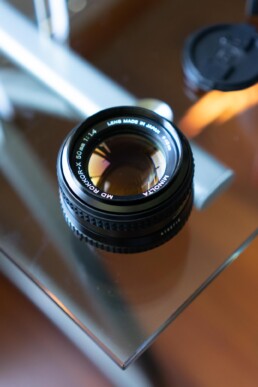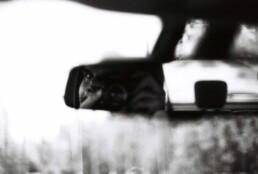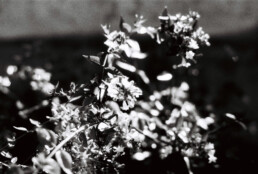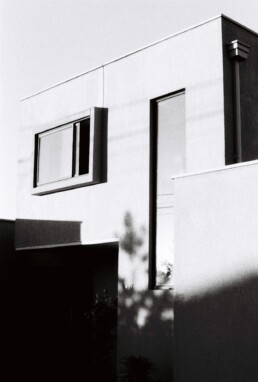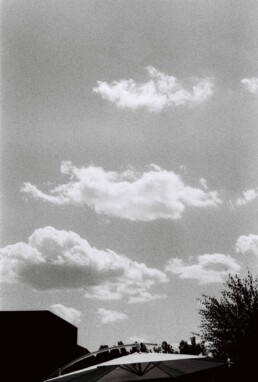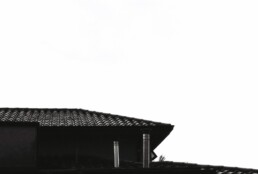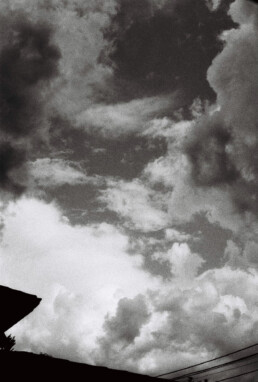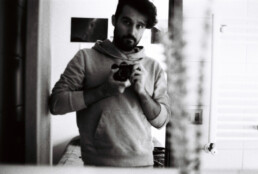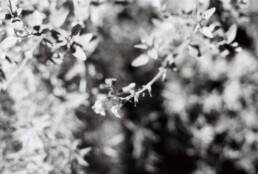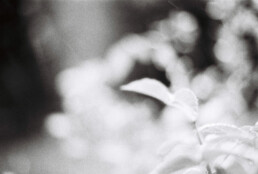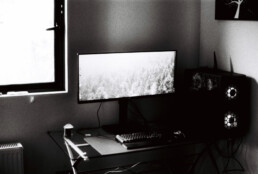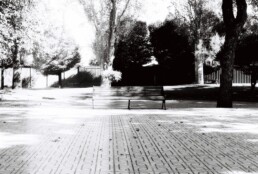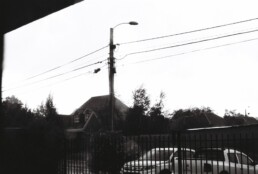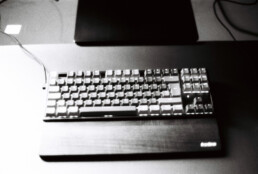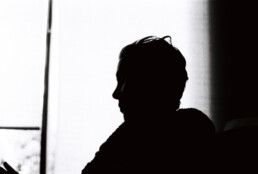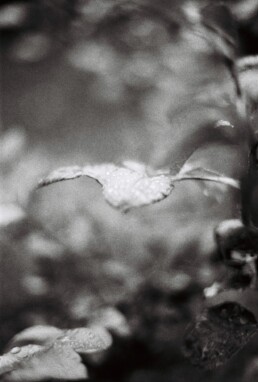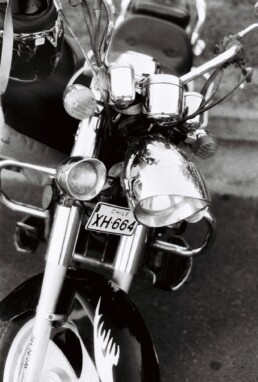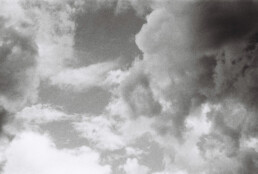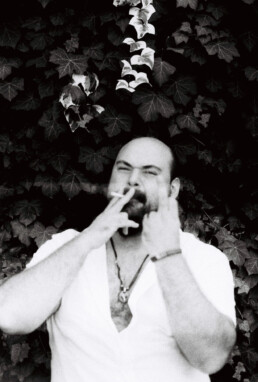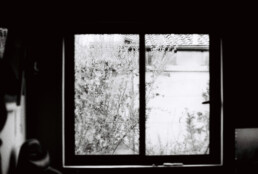Minolta XD11 – SLR Film camera
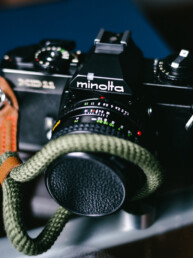
Characteristics
- Film Type: 35 mm
- Lens Mount: Minolta MD Bayonet
- Viewfinder: Fixed SLR Pentaprism with full information display and LED aperture scale readout
- Shutter: Vertically Traveling Metal Blade
- Speeds (Manual): X, B, 1 – 1/1000 seconds, plus 1/100 mechanical “O-speed”
- Speeds (Automatic): 1 – 1/1000 seconds, step less
- Exposure Meter: TTL Silicon Photo Cell with Aperture and Shutter Priority Automatic Exposure
- Battery: (2x) 1.5v LR44 Silver Oxide Battery
- Flash Mount: Hot shoe with PC-sync port for flashbulbs, 1/100 X-sync
- Weight: 569 grams - body only
Manual
Introduction
There’s for sure a different feeling when handling a analog camera. The direct visual input, loading the the film, the learning curve of how light and camera work together, and the wait for the final product. This and much more is interlaced at the moment of pressing the shutter.
The Minolta XD11 is a more “modern” SLR, having a integrated light meter and different shooting modes, that can be very helpful for beginners. This requires the use of batteries but if they are not available, the camera can be used in full manual mode.
In this post, we’re going to dive into the camera, check images produced by it and dive deeper into the feeling of shooting analog.
Construction
Metal (aluminium?) and plastic are the main components of the XD11. It feels very sturdy when holding it and surely can withstand some abuse.
- In the front of the camera you have access to the timer (delayed action lever), and the minimum aperture lever (dependent of the lens).
- Also there’s the depth of field preview, the X-SYNC flashcord terminal and the lens latch.
- On top you have access to the exposure compensation and film speed dial.
- Also, there’s a film-speed lock. For avoiding casual movement of the dial.
- There’s the model selector in conjunction with the shutter speed knob.
- The modes are (M)anual, (A)perture priorty, (S)hutter speed priority.
- In the back of the camera you have the Finder Eyepiece
- And a quirky little feature, that’s the eyepiece-shutter lever.
- This can block the light from the Eyepiece. Especially useful when using Bulb mode, or long exposures.
Depending on the condition of your camera, this parts should work with out problem. They are easy to operate and offer minimum resistance.
In my camera, the shutter counter, doesn’t advance when you take a photo. But, the roll advance indicator does.
Handling
The handling of the camera is really nice, the button layout is very intuitive and you can learn it in a couple of uses. I think the weight of the camera is not an issue, but it really depends with what lens you pair it. I’ve tested only with the 50mm f1.4 and It’s borderline portable. I think that with the 45mm f2 (pancake lens) could be a lot more portable.
Viewfinder
One of the main advantages of this viewfinder, is that indicates the proposed aperture or shutter speed according to the selected mode. In manual mode, the shutter speed is displayed.
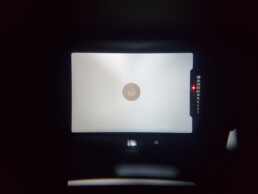
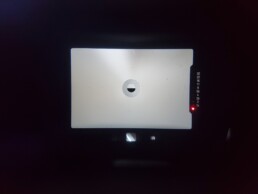
Name of parts
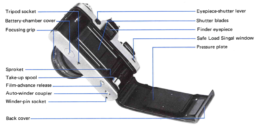
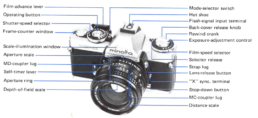
Lens
This camera was used with the Minolta MD 50mm F1.4. Check the review here.
Taking photos
This camera is a great point (focus) and shoot camera, in any of the automatic modes. Or an excellent SLR when used in fully manual mode. Given that you take the time to know how and when to use any of the aforementioned modes, you can end up with a lot of keepers and the end of a roll.
Gallery
Here’s a roll of black and white film (Fomapan 100). There’s a little bit of everything here, a test roll of some sort, testing the automatic modes as well as the manual mode in all kind of apertures and speeds.
Conclusions
I really think this camera is a perfect “entry” way to the world of analog photography. It offers so much and with little knowledge you can get some excellent results. The name “Minolta” implies a reputation of good quality and a history behind it (also, continue after the acquisition by Konica). The lenses and the cameras have demonstrated that they can handle the pass of time, and still be a rival to the modern counterparts in important categories such as image quality.
In the end, it must be clear that the camera is one more tool. As tools, is up to us to use them as we want to achieve what we need to express, and if they can facilitate the process, the better. With this in mind, this camera is an easy option to consider and to evolve around it as artist.

